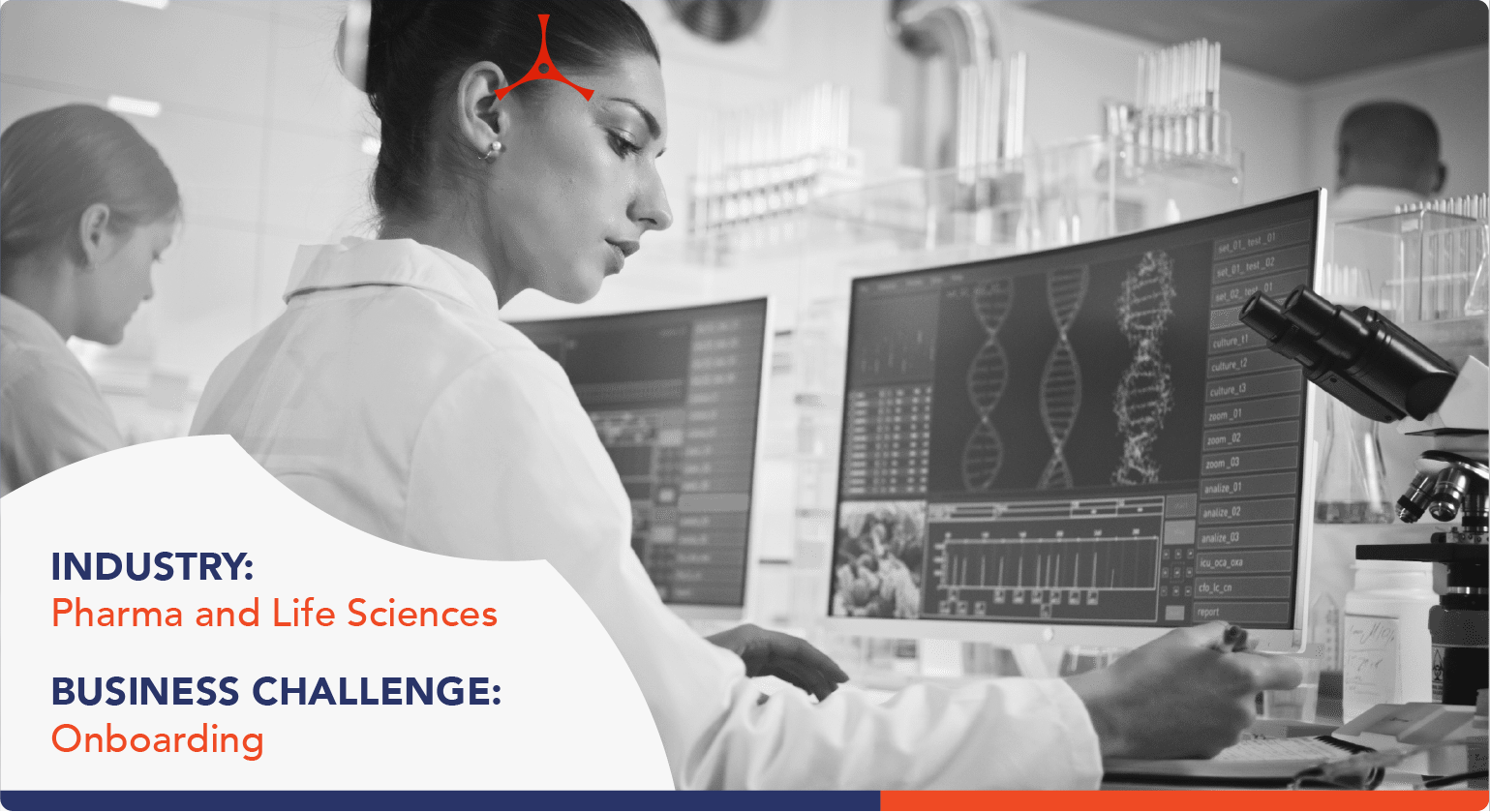Pharma & Life Sciences
Clinical Trial Document Management: Process Becomes Inspection–Ready With a Role-Based Blended Solution

Our Client
Our client is a global health care company that focuses extensively on products and services for the early detection, prevention, diagnosis and treatment of diseases. With a presence in over 100 countries, it is one of the world’s foremost biotech companies, with leading medicines for oncology, immunology, infectious diseases, ophthalmology and neuroscience.
The Business Challenge
With a large variety of businesses in affiliates around the globe, the company has hundreds of processes to ensure efficiency in its daily operations. It also needs to train its employees in these processes.
One such process was its Trial Master File (TMF) management process.
The TMF is a set of documents pertaining to a clinical trial that must be maintained and stored for adherence to regulatory requirements.
Our client manages and tracks the TMFs for numerous clinical studies concurrently. It is therefore essential that its TMF management system is as efficient as possible.
However, the client’s current TMF model and supporting system was a manual, paper-based affair. This had a number of limitations, such as difficulty in tracking and confirming the completeness of the TMF at any given point in the study; lack of transparency about the ownership of individual documents; problems in document management and inspection, etc.
To overcome these limitations, the client then implemented an electronic TMF (eTMF) system with an automated workflow for the TMF management process.
However, the client needed to familiarise its employees with the new eTMF system so that they could begin to use it.
Our Solution
After analysing the issue, DelphianLogic determined that to achieve the overall business goal of the client–which was to enable more efficient and transparent TMF management system, as well as improve inspection readiness–it was not enough to train its employees on the eTMF system. An integrated approach was needed to:
Familiarise
The employees with their roles in the new workflow and process, including the responsibilities and accountabilities associated with each role.
Train
The employees on the new eTMF system that incorporated the new workflow and process.
Support
in-depth understanding of the new process and system for specific functions as per need.
The eLearning thus had individual components that worked together to accomplish process excellence:
- An exploratory business process training eTool that provided the target audience with a view of the entire process, while highlighting their role and accountabilities, along with snapshots of what to do and how.
- eLearning modules customised for different roles to train them in the tasks expected of them as per the new workflow.
- Functional user guides that provided quick, detailed information about specific functional tasks in the eTMF system in a user friendly, easy to understand format, including links to the system user guide, while also providing a ‘big picture’ view of where the function fits into the overall TMF workflow.
Results
- A 60% increase in document accountability and ownership.
- Significant improvement in tracking of TMF documents.
- Enhanced business confidence with improved inspection readiness.


